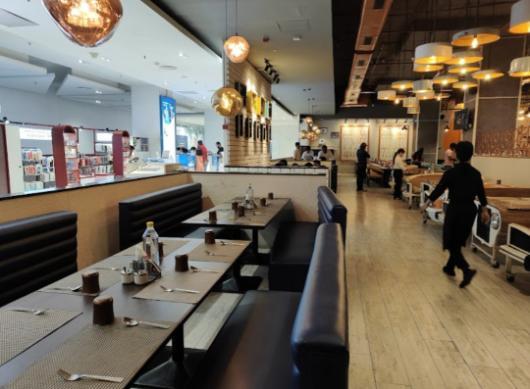
Food
The "Great Taste Adventure" refers to the exploration of the diverse flavors and textures found in food. It's about actively seeking out new culinary experiences and expanding your palate beyond familiar dishes.
The question of why we like what we like is complex and influenced by a combination of factors:
- Genetics: Some aspects of taste preference are inherited. For example, sensitivity to bitter compounds like those found in cruciferous vegetables (broccoli, Brussels sprouts) can vary based on genes.
- Culture: The food we grow up eating heavily shapes our preferences. Regional cuisines and family traditions expose us to certain flavors and ingredients, which we come to associate with comfort and positive experiences.
- Experience: Repeated exposure to a food can lead to increased liking. This is why children often reject new foods initially but may accept them after multiple tries. Conversely, negative experiences with a food (e.g., food poisoning) can create strong aversions.
- Psychology: Our emotions and memories are intertwined with food. Certain foods may evoke feelings of nostalgia or comfort, leading to positive associations. Brand preferences, marketing, and social influences also play a role.
- Physiology: Our sense of taste and smell are crucial. Taste buds detect sweet, sour, salty, bitter, and umami. Smell plays an even larger role in flavor perception. The texture, temperature, and appearance of food also contribute to the overall sensory experience.
Ultimately, our individual food preferences are a unique blend of our biology, upbringing, and personal experiences. Embracing the "Great Taste Adventure" allows us to challenge our existing preferences, discover new favorites, and develop a deeper appreciation for the world of food.
Goa, a state on the southwestern coast of India, has a rich culinary heritage influenced by its Portuguese past. Bread, locally known as "pão," is a staple food, and several varieties are popular.
Popular Bread Varieties in Goa:
- Pão: This is the most common type of bread, a soft, crusty bread roll, consumed daily.
- Poi: A bran-rich, pita-like bread, hollow inside.
- Katreachi Pão: A crusty, flower-shaped bread.
- Kakon: A hard, bagel-shaped bread, also known as "kankonn".
- Unde: A crusty bread roll, slightly larger and rounder than pão.
Occupations Associated with Bread Making:
- Bakers (Poder): The traditional bread bakers in Goa are known as "Poder" (from Portuguese "padeiro," meaning baker). This was traditionally a caste-based occupation passed down through generations. Source
- Delivery Persons: Bread is often delivered early in the morning by people on bicycles or motorcycles, continuing a long-standing tradition.
These traditional bread-making and delivery occupations are an integral part of Goan culture, although their prevalence is changing with modernization.
The main ingredients of Idli are:
- Rice
- Urad dal (black lentil)
These are soaked, ground into a batter, and then steamed.
For more information, you can refer to this resource:
A bean is a type of seed from the flowering plant family Fabaceae, commonly known as legumes. Beans are widely cultivated for human and animal consumption. They are a significant source of protein, fiber, and complex carbohydrates.
Here are some key characteristics of beans:
- Botanical Classification: Part of the legume family, which means they grow in pods.
- Nutritional Value: High in protein, fiber, iron, and folate.
- Culinary Uses: Used in a variety of dishes worldwide, from soups and stews to salads and side dishes.
- Varieties: Numerous types exist, including kidney beans, black beans, pinto beans, and soybeans.
For more detailed information, you can refer to these resources:
The only type of living thing that makes its own food are autotrophs.
Autotrophs are organisms that can produce their own food using light, water, carbon dioxide, or other chemicals. There are two basic types:
- Photoautotrophs use sunlight to produce food via photosynthesis (e.g., plants, algae, and cyanobacteria).
- Chemoautotrophs use chemicals to produce food via chemosynthesis (e.g., certain bacteria and archaea in extreme environments).
All other organisms, known as heterotrophs, must obtain their energy and nutrients by consuming other organisms.
Sources:


